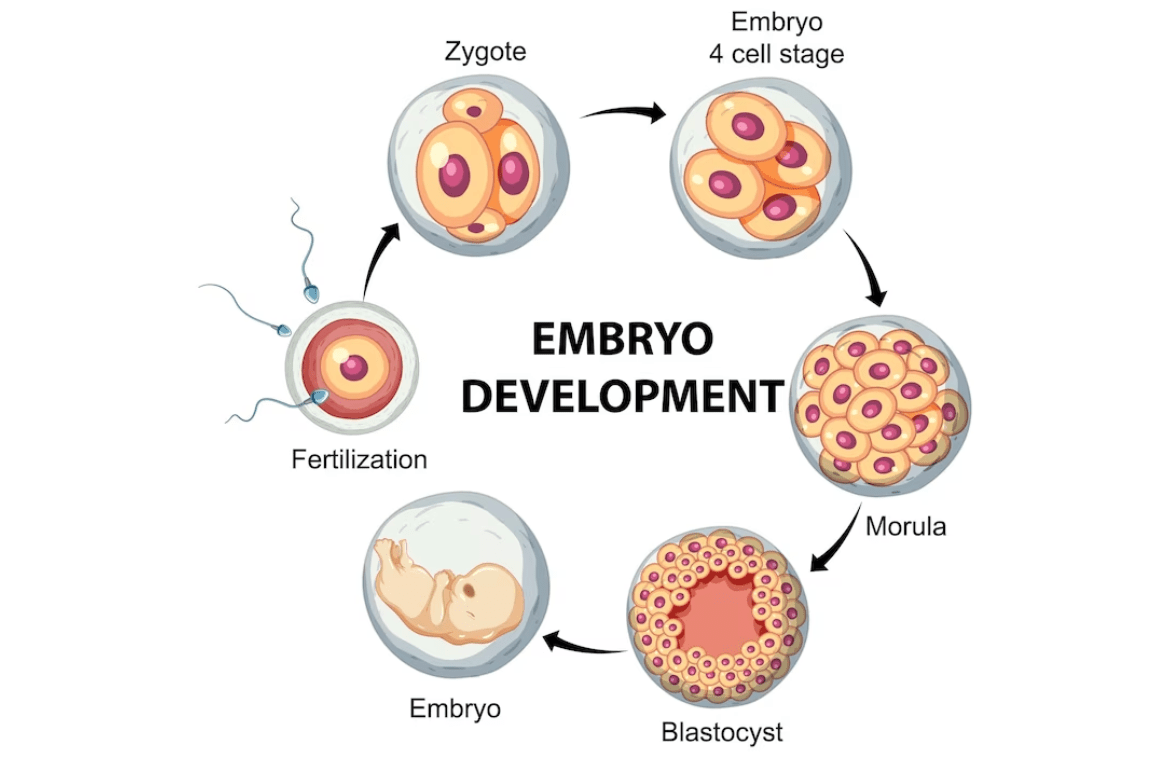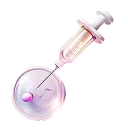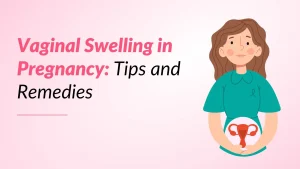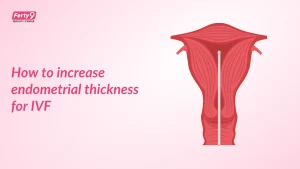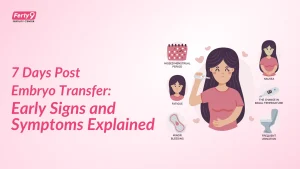Couples would benefit much by knowing more about the Stages of embryonic development. Embryonic development is indeed fascinating to observe.
A successful pregnancy is indeed a joyous moment for the couple and the family. Preset-day modern couples are keen to know about the stages of embryonic development.
Stage 1: Fertilization – The Beginning of Life
Fertilization, in simplest terms, does mean combining the female gamete (egg) and the male gamete (spermatozoa). This union can indeed occur naturally or via an Assisted Reproductive Technique (ART), but in either case, the union does result in a “zygote”. During ovulation, a woman tends to release a single egg into the Fallopian tubes. To facilitate fertilization, the woman’s cervical mucus does become thin so that the sperm can indeed survive and also passes more effectively. Certain special secretions do assist the sperm in swimming via the cervix and also reaching the uterine tube. Fertilization can indeed take place anywhere within 24-72h. After successful fertilization, the zygote moves toward the uterus, and it does divide into the next stage, thus forming a blastocyst.
Suggest Read: Exploring the Stages of Zygote Development
Stage 2: Blastocyst Development and Implantation – Establishing Connection
The embryo is rather created from a small group of cells that np doubt constantly divide inside a complicated structure referred to as a “blastocyst”. It does comprise inner cells, outer cells, and fluids. Just like an eggshell, zona pellucida happens to be a protective cover around the blastocyst while it is rather maturing. The outer cells situated below this cover do create the placenta in the next stage. The inner cells of the blastocyst are prepared from the tissues, bones, muscles, skin, liver, as well as heart. All these changes do occur before the implantation in the woman’s uterus.
Then blastocyst implantation does occur where the zona pellucida breaks and also releases the blastocyst. Around the tenth day, the blastocyst does move towards the Fallopian tubes to reach the uterus. It does get implanted in the endometrium of the woman’s uterus. The external cells as well as the uterine inner lining jointly do create the future placenta, which does transfer nutrients to the baby and also removes waste.
Also Read: Ferty 9 and its Blastocyst Culture
Stage 3: Embryo Development – Formation of Organs and Systems
After the implantation is over, the blastocyst does evolve into a structure known as an embryo. At this stage, most of the internal organs as well as external structures do develop.
Exploring Organ and System Development during Embryogenesis
- The mouth, lower jaw, throat
- The blood circulation system does evolve
- Heart tube creation tends to begin.
- Ears cum eyes start to grow.
- Arms, legs, fingers, and toes get shaped.
- The brain, spinal cord, digestive tract, as well as sensory organs, start developing.
- The cartilage will indeed be replaced by the initial bones.
In about ten to twelve weeks, the embryo does move into a fetus, which is the final stage of embryonic development.
Stage 4: Fetal Development – Growth and Maturation in the Womb
At the end of fertilization, the embryo does grow into the fetal stage. The fetus is indeed very robust when compared to the embryo. Hence, the chances of miscarriages at this stage are less. After the second trimester, the fetus can rather respond to sounds and is 12 inches long and also goes up to 14 inches. Around the eighth month, the fetus is referred to as a baby, and it can see as well as hear, although the respiratory system is not all that fully matured. Baby weight does vary from 2 kg to 4 kg. By the end of pregnancy, i.e., the ninth month, the baby can indeed move, but the space does become too little for the new human being. This is the time when the baby is ready to be born.
It is important to stay in touch with the doctor throughout the pregnancy. The mental cum emotional state of the mother does highly affect the fetus’s growth. It is essential to be happy and take care of oneself, and thus enjoy the pregnancy.
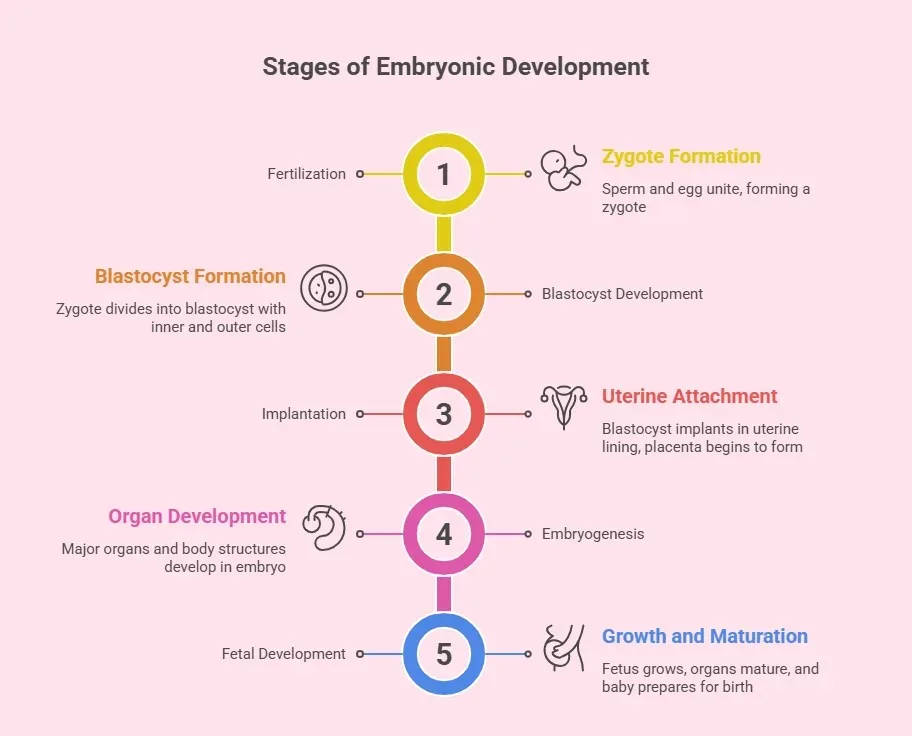
Conclusion
Stages of embryonic development are worth knowing about and couples would be able to know if they are going to have a healthy baby.







